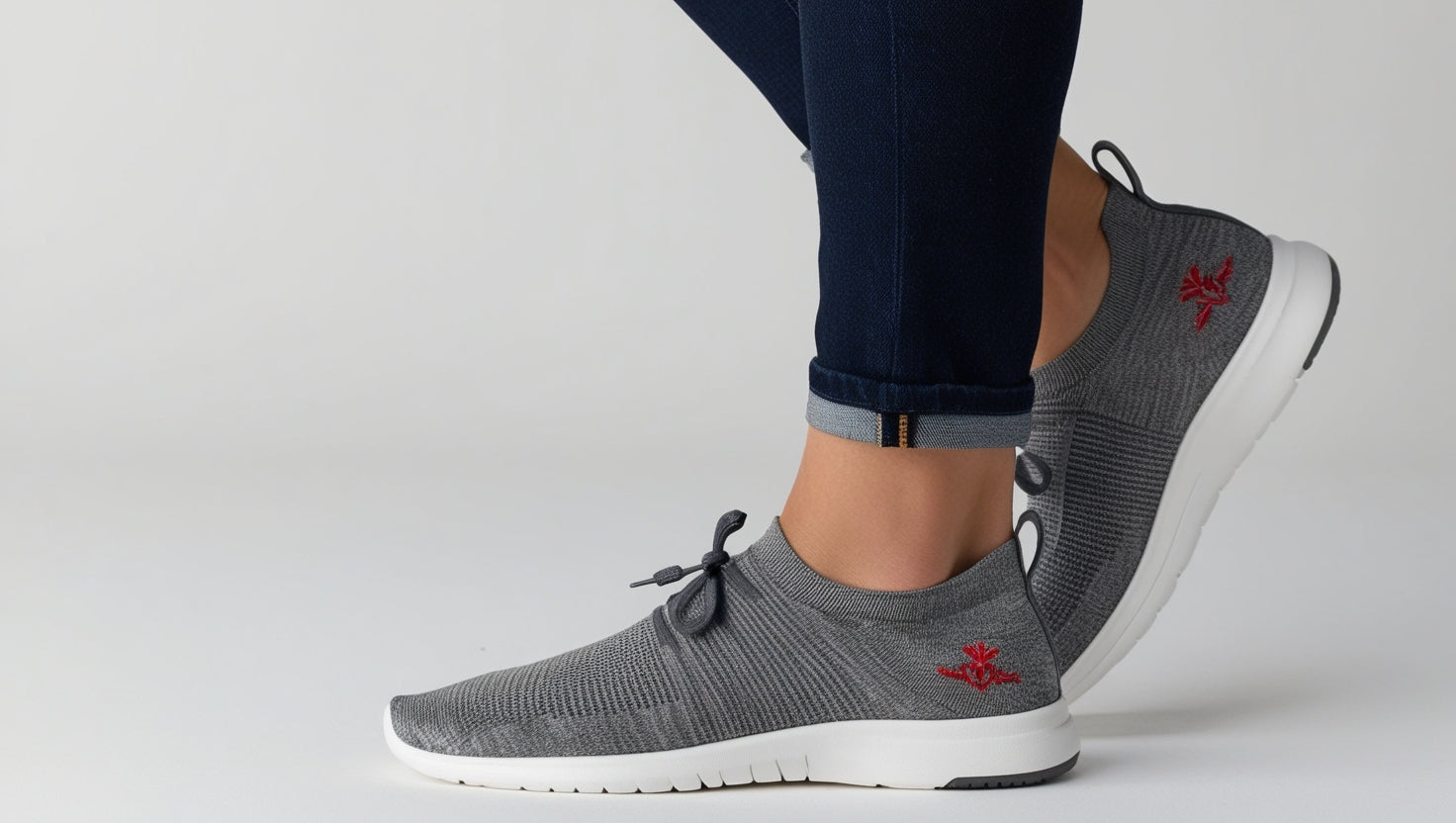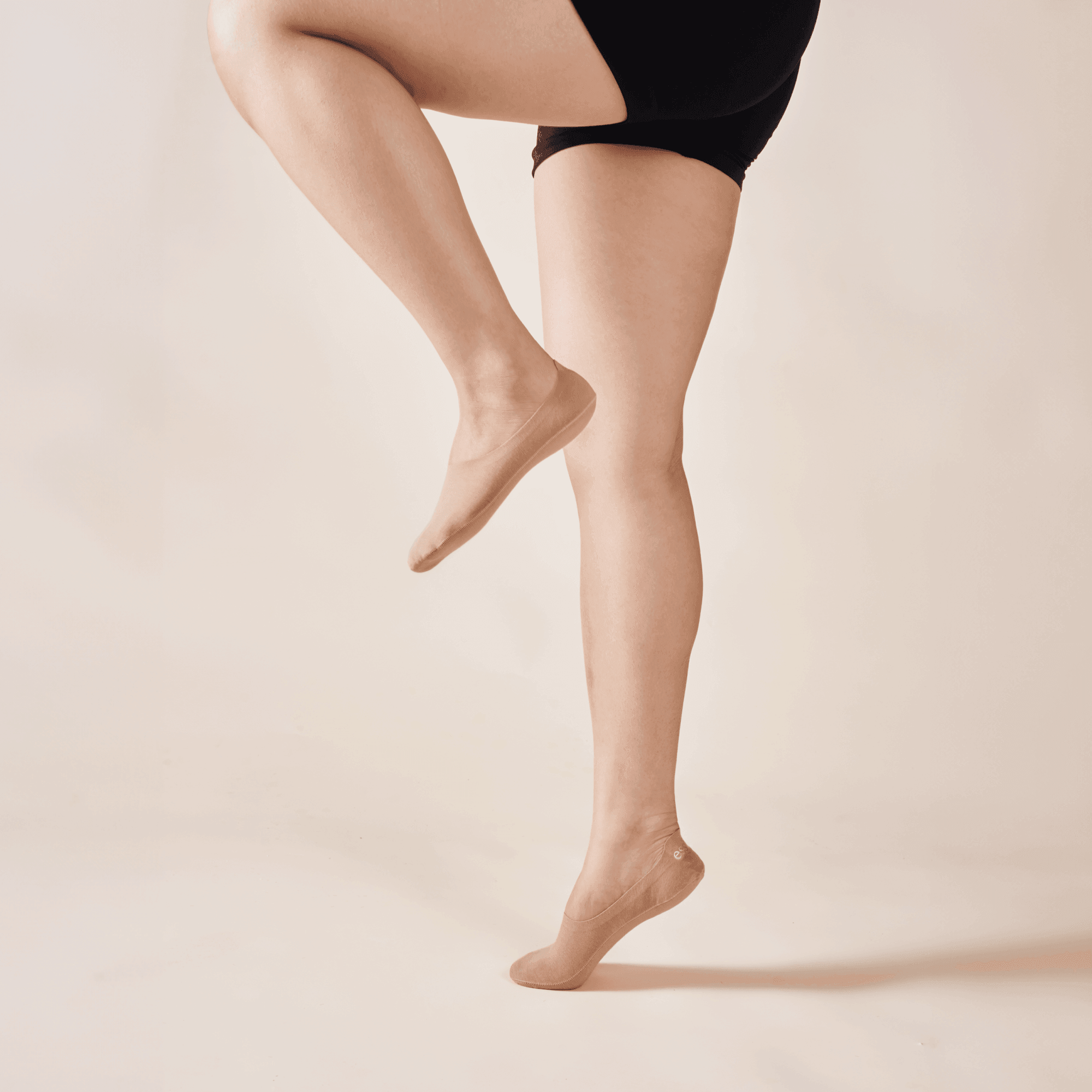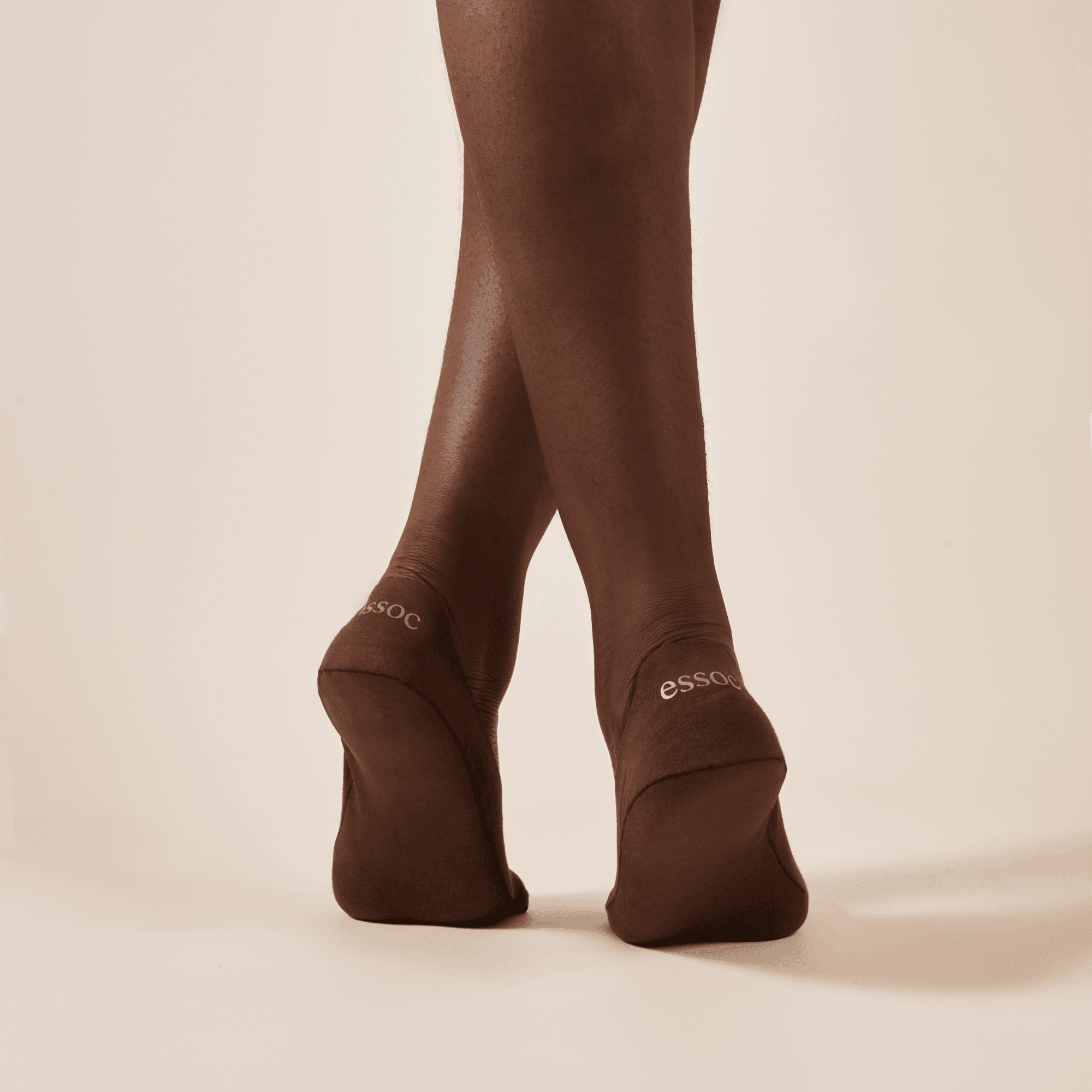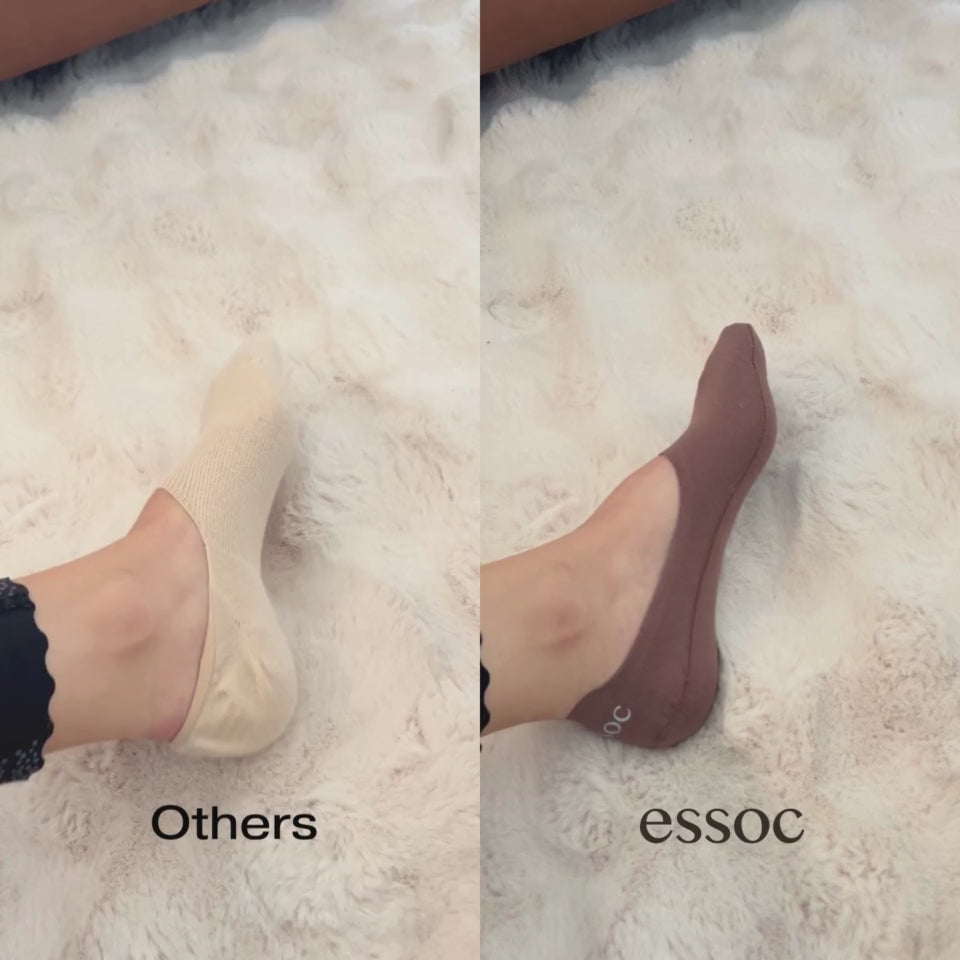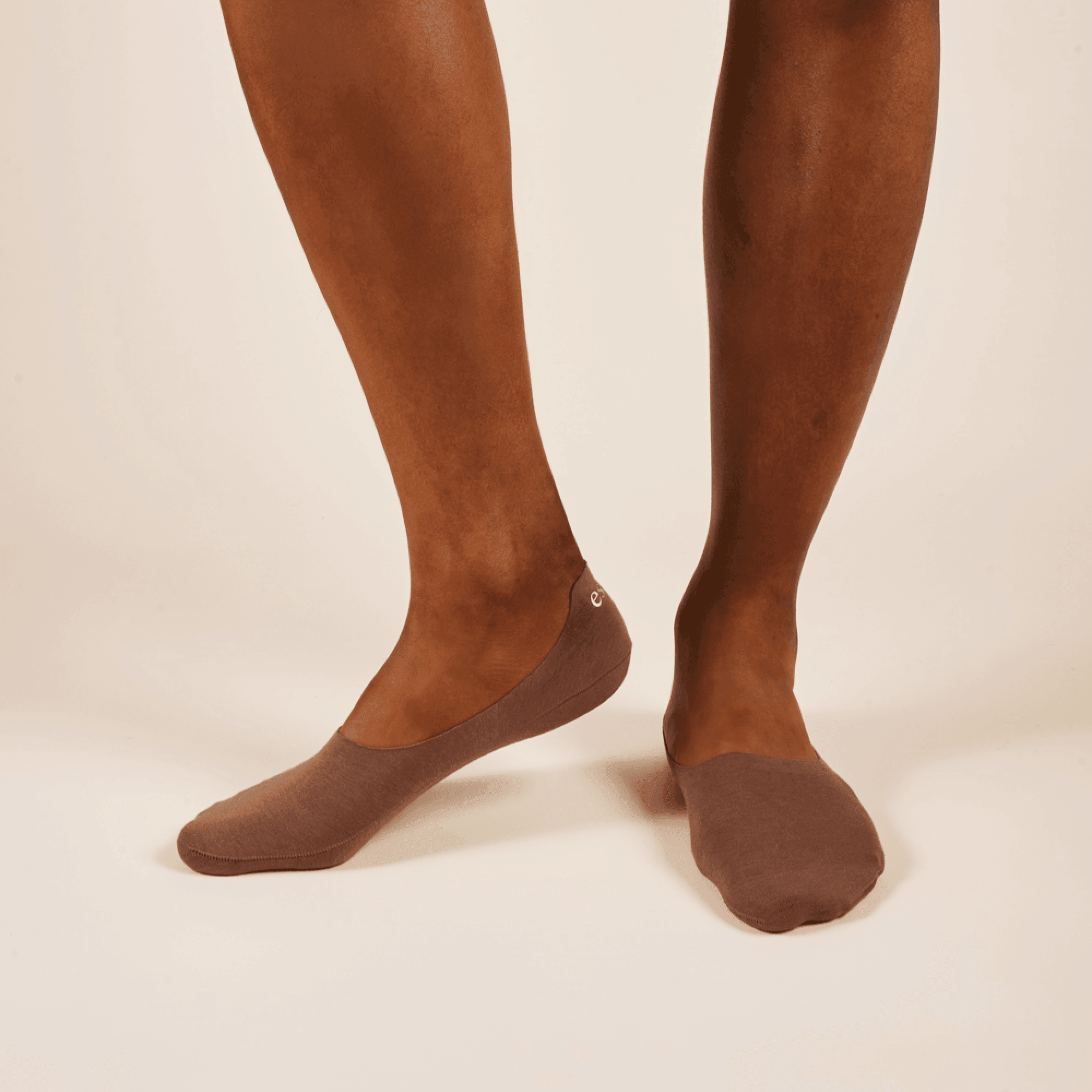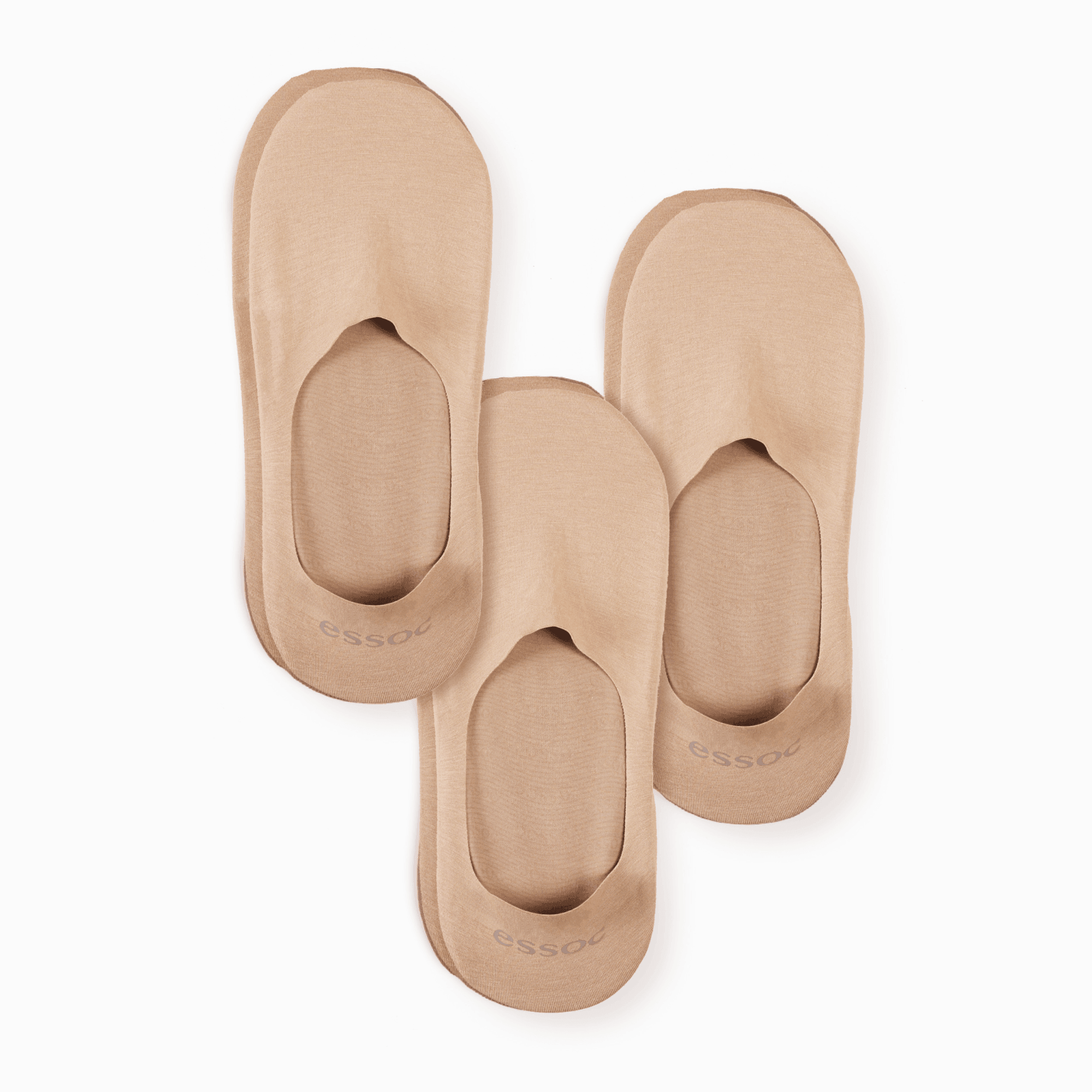When runners first start out, they may find themselves slipping in their sneakers, feeling unsteady and worried about falling. Anti-slip socks provide the grip needed for better stability, whether during a run, weightlifting session, or general workout. These socks enhance performance by preventing unnecessary movement. Keep reading to explore how anti-slip socks can make a difference in athletic performance!
Key Takeaway
- Anti-slip socks improve grip and stability in athletic shoes.
- They reduce the risk of slipping and injuries during workouts.
- Choosing the right material and fit can enhance comfort and performance.
What Are Anti-Slip Socks?
Socks are simple, right? Slip 'em on, go about your day. But then—whoops—you step too fast, slide a little, and suddenly, socks don't seem so simple. That's where anti-slip socks come in. They're built to keep feet steady, especially on slick surfaces.
The Purpose
Regular socks can be traitors. Too smooth. Too slippery. They move when they shouldn't. And that can be a real problem.
- Sports and workouts – Running, jumping, pivoting—these need grip. Losing traction? Not great.
- Hospital use – Patients (especially the elderly) need stability. Falls can be dangerous.
- Home comfort – Tile and wood floors get slick. No one wants an unexpected slide across the living room.
- Yoga and pilates – Balance matters. Slipping on a mat? Not helpful.
These socks offer something regular ones don't: friction. They create a little resistance, keeping feet in place. Whether it's on a gym floor, a hospital hallway, or the kitchen tile, that extra grip makes all the difference.
The Technology
The magic isn't magic. It's science. Grip socks like those from Essoc use hypoallergenic silicone materials that increase friction, stopping unwanted movement. Think of it like sticky tape for your feet—only more comfortable and precisely engineered to grip without irritation.
- Silicone or rubberized dots – These are common. Tiny, flexible grips add traction.
- Textured soles – Some brands weave in rougher fabric, creating natural resistance.
- Targeted grip zones – High-impact areas (ball and heel) get extra support.
- Compression fit – Some styles hug the foot, reducing slippage inside the shoe.
Not all grips are the same. Some are mild, meant for casual wear. Others? Heavy-duty, designed for athletes and high-impact movements.
Materials Matter
Not just any fabric will do. Anti-slip socks need to balance grip with comfort. Too thick? They bunch up. Too thin? No support. The best ones use a mix of materials for stretch, breathability, and durability.
- Cotton – Soft and breathable, but not always durable.
- Nylon & polyester – Lightweight, moisture-wicking, dries fast.
- Spandex – Adds stretch, keeping socks snug.
- Silver fibers – Some brands add these for odor control. No more stinky feet.
A good pair should feel secure but not tight, soft but not flimsy. And if they hold up in the wash? Even better.
Why You Need Anti-Slip Socks
Better Grip Equals Better Performance
Slipping mid-stride? Not great. When feet slide inside shoes, balance wobbles, and movements lose precision. Athletes rely on controlled footing—whether cutting across a basketball court or sprinting upfield. Grip matters.
Anti-slip socks use specialized grip pads (often silicone or rubberized patterns) to create traction between foot and shoe. That traction keeps movements sharp.
- Stops feet from shifting during sudden stops.
- Helps maintain power in lateral cuts.
- Reduces wasted energy from slipping friction.
Performance isn’t just about strength or speed. It’s also about control. A soccer player planting for a shot, a powerlifter driving through a squat—both depend on firm footing. Anti-slip socks make sure that force transfers cleanly, no energy lost to instability.
Injury Prevention
Twisting an ankle? That’s how careers get cut short. Slipping inside a shoe—whether during a hard stop or a quick pivot—throws off mechanics. Ankles roll. Knees take strain. Not good.
Foot stability keeps joints aligned. When socks grip, feet stay locked in place. Less sliding means fewer awkward landings, fewer sprains, fewer preventable injuries.
- Minimizes ankle rolling during rapid stops.
- Reduces blisters by cutting down on in-shoe friction.
- Helps prevent shin splints by maintaining natural foot placement.
Comfort and Fit
Comfort isn’t just luxury. It’s necessity. An athlete distracted by discomfort isn’t performing at 100%. Bunched-up socks? Blisters? Too much hassle.
Anti-slip socks solve those problems with better materials and construction. Essoc's premium no-show options, for example, combine 3D tailored heels with breathable cotton-modal blends that keep feet cool and dry. High-quality pairs typically feature:
- Seamless toes to cut down on rubbing.
- Padded heels for impact absorption.
- Moisture-wicking fabrics to keep feet dry.
A snug fit keeps socks from shifting mid-workout. When fabric stays put, friction stays low. Less irritation. Fewer distractions. More focus on the game, not the gear.
Choosing the Right Anti-Slip Socks
Activity Type
Socks matter more than people think. A runner needs something different from a weightlifter. Someone jumping, sprinting, or shifting direction fast—like in basketball or HIIT—needs grip socks that hold firm. Otherwise, there’s sliding, wasted energy, maybe even a fall.
Different workouts, different socks:
- Plyometrics? Extra traction helps with explosive moves.
- Yoga or Pilates? A thin, flexible sock works best.
- Running? Lighter grip, breathable fabric. Too much friction could mess with stride.
- Strength training? Stability’s key—firmer grip socks help balance.
No one sock does it all. If the activity changes, so should the socks. It’s less about personal preference and more about physics. The right grip means control, and control means better movement, better performance. That’s why options like no show socks matter—designed for both comfort and function, they keep you grounded no matter the workout.
Grip Style
Traction comes in two main styles—silicone dots and textured patterns. Both work, but in different ways.
- Silicone dots: Tiny rubberized grips spaced across the sole. Found in most sports socks. Great for general workouts, from squats to sprints.
- Textured patterns: Wavy or grooved designs covering the whole bottom. Think dance or martial arts—where subtle foot control matters.
- Hybrid styles: A mix of both. These balance movement and grip, making them solid for multi-purpose workouts.
The choice comes down to movement. If there’s a lot of dynamic footwork, textured patterns might feel better. If it’s all about stability, silicone dots lock things in place. And if sweat’s an issue? Some grips are perforated to keep air moving.
Breathable Fabrics
Feet sweat—a lot. The wrong fabric turns socks into a damp, slippery mess. That’s why material matters just as much as grip.
Best fabric choices:
- Moisture-wicking synthetics (like polyester blends): Pull sweat away fast.
- Merino wool: Absorbs moisture but stays dry to the touch. Natural odor control, too.
- Cotton? Not great. Absorbs sweat but holds it, making socks heavy.
Breathability also comes from design. Mesh panels keep airflow steady, preventing overheating. A good sock balances grip and ventilation—because dry feet grip better than sweaty ones.
Popular Features of Anti-Slip Socks
Seamless Construction
Most people don't think about sock seams. But if you've ever had one dig into your foot during a run, you get it. A poorly placed seam can rub the wrong way, causing irritation or even blisters. That's why seamless anti-slip socks like Essoc's no-show collection exist. They remove that problem before it starts, with inclusive sizing that fits perfectly from women's size 5 to men's 12.5.
Seamless socks are knit in a way that eliminates the raised edges where fabric pieces join. This means there’s no thick ridge pressing against the toes or heels. Less friction. Less discomfort. Just smooth, uninterrupted fabric where it matters most.
Arch Support
Feet take a beating. Every step, every jump, every sudden stop—it all adds up. That’s why arch support matters. It’s built into some anti-slip socks, offering just enough compression to help keep feet aligned and muscles engaged.
Think of it like a hug for your arches. A firm but flexible band is woven into the midfoot area, keeping things stable. It helps prevent overpronation (rolling inward) or supination (rolling outward), both of which can lead to soreness or injury over time.
Textured Soles
Slipping inside your own shoes? It happens. Especially during quick lateral movements or sudden stops. That’s where textured soles come in. They create grip between the sock and the shoe, helping keep everything in place.
The texture varies. Some socks have silicone dots scattered across the bottom. Others use raised patterns—waves, ridges, or crosshatch designs—that provide traction without feeling bulky. Either way, the goal is the same: better grip, more control.
This can be a game-changer in certain situations:
- Yoga & Pilates: More stability means better form and less slipping.
- Running & Sports: Feet stay secure inside shoes, reducing friction that causes blisters.
- Work & Daily Wear: Standing all day? Less foot movement means less fatigue.
Benefits of Anti-Slip Socks in Different Activities
Credits: SubStance Football
Running
For runners, these socks are essential in maintaining foot placement inside the shoe, preventing unnecessary friction that often leads to blisters. The added grip ensures better control with every stride, allowing runners to focus on their pace without worrying about slipping. Whether running on a treadmill or outdoors, the stability provided by anti-slip socks can improve overall endurance and comfort.
Weightlifting
When it comes to weightlifting, proper footing is crucial for both safety and performance. Anti-slip socks prevent feet from shifting inside the shoe, providing a solid base for lifting heavy weights. This stability allows lifters to generate more power while reducing the risk of injuries caused by sudden slips. With a firm grip, athletes can execute movements with greater control and confidence.
HIIT Workouts
High-Intensity Interval Training (HIIT) involves explosive movements, including jumps, sprints, and rapid changes in direction. Anti-slip socks enhance traction, helping athletes maintain balance during quick transitions. By minimizing the risk of slipping, they contribute to smoother movements and better overall workout efficiency. The additional support also reduces strain on the feet, making HIIT sessions safer and more effective.
Team Sports
In team sports like basketball or soccer, where agility and quick footwork are essential, anti-slip socks provide a significant advantage. The extra grip allows players to pivot, sprint, and stop abruptly without losing their footing. This stability helps prevent potential injuries and enables athletes to react swiftly to game situations, improving their overall performance on the field or court.
Dance and Yoga
For dancers and yoga enthusiasts, maintaining balance and control is key to executing precise movements. Anti-slip socks help prevent sliding on smooth surfaces, allowing for better posture and alignment. Whether holding a yoga pose or performing a dance routine, the improved grip offers added confidence, ensuring smoother and more graceful movements.
FAQ
What are grip socks for athletic sneakers and how do they work?
Grip socks for athletic sneakers have special patterns or materials on the bottom that create friction between your foot and shoe. Most use silicone or rubber grip patterns on the sole that prevent your foot from sliding around. When you move in any direction during exercise, these grip elements grab onto the inside of your shoe, keeping your foot firmly in place. This technology works especially well for activities with quick direction changes or when your feet get sweaty during workouts.
How do non-slip socks for running shoes improve performance?
Non-slip socks for running shoes can boost your performance in several ways. By keeping your feet secure in sneakers, you waste less energy from foot movement inside your shoe. This improved stability helps with lateral movements in sports and gives you better foot control in sneakers. Athletes seeking stability often notice improved balance and coordination, leading to enhanced agility and speed. Many runners report feeling more confident during workouts, which translates to better times and more efficient training sessions.
What features should I look for in socks with traction for sports shoes?
Look for socks with silicone grip for sports shoes or rubber grip patterns strategically placed on the sole. The best options include arch support and a secure fit for athletic activities. Breathable materials prevent sweaty feet, which is important since moisture reduces grip. Many high-quality anti-slip socks designed for intense workouts have textured soles for athletic shoes that enhance power and stability for training. For comfort during long sessions, choose ones with cushioning in high-impact areas.
When are anti-skid socks for athletic footwear especially useful?
Anti-skid socks for athletic footwear prove most valuable during activities requiring precise foot placement or quick direction changes. They're essential for preventing slipping in workout shoes during HIIT workouts, for socks for plyometrics with enhanced grip, and when running on treadmills. They're also ideal for dance shoes, barre class footwear, and trampoline workouts where secure footing matters. Athletes in basketball, martial arts, or parkour shoes benefit greatly, as do people doing barefoot training with grip who need traction without bulky footwear.
How do socks that prevent slipping in workout shoes reduce injury risk?
Socks that prevent slipping in workout shoes create a more stable foundation for all movements. This stability is crucial for preventing injuries while exercising, especially during activities with lateral movements in sports. When your feet stay firmly planted, you reduce ankle rolls and knee twists that happen when feet slide unexpectedly. They're among the best socks for preventing falls in athletic shoes, particularly important during intense workouts or for athletes with sweaty feet. The enhanced control minimizes small compensations that can lead to strain over time.
What makes certain grip socks for gym sneakers better than others?
The best grip socks for gym sneakers combine several key features. Superior options use advanced anti-slip technology with silicone or rubber grip performance enhancers for athletic footwear. Quality matters—look for socks tested for high-performance athletic wear that maintain their grip over time. Comfort comes from breathable materials, while durability depends on reinforced areas at common wear points. The pattern and coverage of grip elements affect how well they provide traction for different movements. Premium options balance grip with comfort rather than just maximizing stickiness.
How do non-slip socks for cross-training shoes differ from regular athletic socks?
Non-slip socks for cross-training shoes feature specialized grip patterns on the sole that regular athletic socks lack. These patterns, typically made from silicone or rubber, create friction that keeps your feet from sliding inside your shoes. While regular socks focus mainly on cushioning and moisture management, grip socks optimize for athletic training by adding stability features. They're specifically designed for activities involving multi-directional movements. The materials are often more durable to withstand intense use while maintaining their grip properties over time.
Are grip socks for basketball sneakers worth the extra cost?
Grip socks for basketball sneakers are definitely worth the investment for serious players. Basketball demands quick cuts, jumps, and sudden stops—all movements where internal foot slippage saps your power and reaction time. These specialized socks enhance athletic precision by keeping your foot locked in position during crucial moments. Players often report improved stability in sports movements and better confidence in their footwork. The extra grip makes a noticeable difference when competing, giving you a small but meaningful edge that can make all the difference in competitive sports activities.
Conclusion
In wrapping up, anti-slip socks for athletic shoes are a smart choice for anyone wanting to improve their performance and comfort. They enhance grip, prevent slipping, and reduce the risk of injuries during workouts.
When choosing your perfect pair, consider your activity type, grip style, and material preferences. Essoc's collection combines all these essential features with sustainable materials and a 30-day satisfaction guarantee.
With the right anti-slip socks, you'll feel more secure and ready to tackle any athletic challenge that comes your way—and with free shipping on orders over $50, there's never been a better time to upgrade your workout essentials!


